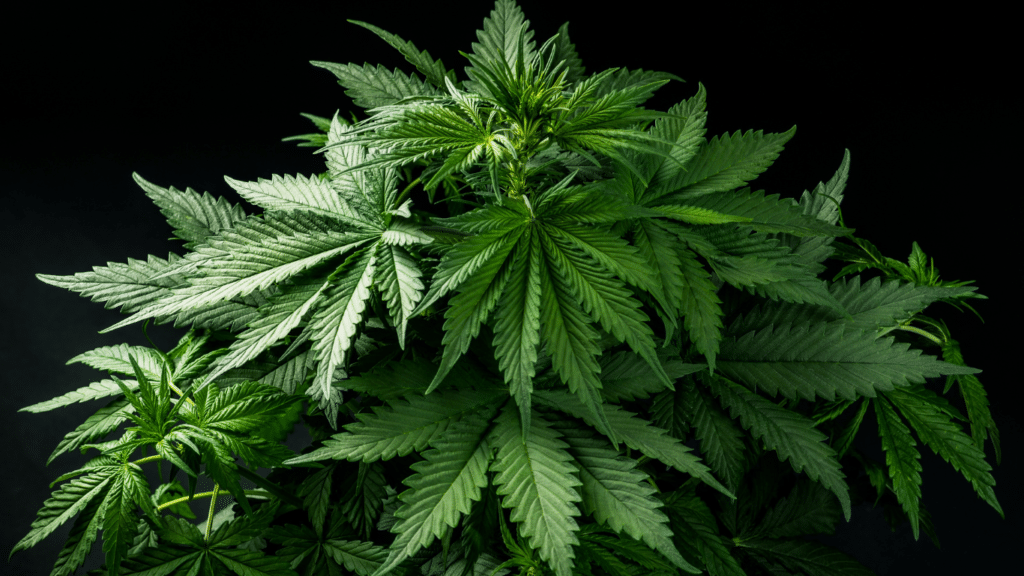Plentiful, high-quality lighting lets plants grow and thrive through the magic of photosynthesis. Although autoflowers don’t need a change in schedule to start flowering like photos do, it still helps to know a few lighting tips to maximize your harvest.
These lighting guidelines assume you’re growing indoors. If you’re growing outdoors, you’ll be dependent on natural lighting. Autoflowers can do well in cooler climates like New Jersey, Boston, and Denver, but you’ll get higher yields in sunny places like North Carolina and San Diego.
Which Lights Are Best for Autoflowers?
Before we determine the best light schedule for autoflowers, it’s important to discuss the best type of lights.
One of the most popular choices among successful autoflowering growers is LED lamps. They work for all growing phases, from germination to harvest. Although they’re expensive, you can save money on electricity over time.
High-pressure sodium lamps (HPS) are another good option. They cost less upfront than LED lamps and can give you an excellent harvest. However, high-pressure sodium lamps (HPS) produce lots of heat, so you’ll need a fan or cooling system for your grow room. You’ll also spend more on electricity.
Make sure to buy full-spectrum lamps, as autos need a different spectrum of lighting during the vegetative and flowering stages.
How Many Hours of Light Does Cannabis Need for Flowering?
Autoflowering plants differ from photoperiod cannabis in that they don’t need a change in lighting cycle to start flowering. However, they still need at least 18 hours of illumination per day to promote healthy growth and an excellent harvest. Some of the best light cycles include:
- 18/6
- 20/4
- 24/0
We’ll discuss the pros and cons of these below.
What’s the Best Lighting Schedule for Autoflowers?
There’s still some disagreement among successful autoflowering growers regarding the best light schedule for autoflowers. There are several options that can produce healthy growth and a good harvest, so you should experiment to see what gives you the best results.
Is 24 Hours of Light Ever a Good Idea?
Many growers swear that this approach boosts their yields, while others insist autos need a short rest period of darkness. Giving your plants 24 hours of lighting is easy (you won’t need a timer), although you’ll spend more on energy and will probably need a cooling system for your grow room.
Gentle Lights for Seedlings
In the seedling phase, your autoflowering plants need gentle lighting that will let them perform photosynthesis without drying them out. We recommend placing your lights further away from the plants (about 2 to 3 feet for LEDs) than in later growing phases.
18/6 Light Cycle
Autoflowers grow extremely well under the 18/6 schedule. You’ll save on electricity and give your plants a dark period to rest. The only downside compared to a 24-hour cycle is that you’ll have to buy a timer.
20/4 Light Cycle
Many growers believe this schedule hits the sweet spot between the minimum 18 hours and the more expensive 24-hour cycle. It lets you increase yields while using less electricity and generating less heat than a 24-hour schedule. It also gives your plants a chance to rest.
12/12 Light Cycle
The 12/12 cycle isn’t ideal for autoflowers because they prefer at least 18 hours of illumination. With only 12 hours, you’ll get smaller buds, even from high-yielding autoflowers. Some growers use this schedule to save on energy costs or to grow photos and autos together, but we don’t recommend it.
Do Autoflowers Need Dark Periods?
Unlike photoperiod cannabis, which needs a period of darkness to enter the flowering phase, autoflowers will flower without a dark period. However, we recommend a short dark period of several hours to let your plants rest and recuperate.
When to Switch to Red Light for Autoflowers
Cannabis needs a different spectrum of light at different stages of growth from germination to harvest. Autos prefer blue light during germination and vegetative growth, whereas red is best in the flowering phase. You should switch to red when you see your plants starting to form pistils, usually around 5 weeks, depending on the strain.
How Much Light Intensity Do Autoflowers Need?
Since all lights are different, we recommend following the manufacturer’s instructions for intensity and lamp height. The goal is to provide your autos with strong enough lighting to grow and thrive, but not so much that you get bleached flowers or stunted growth.
How to Maximize Light Exposure
To make the most of your lamps and maximize your harvest, consider using the sea of green (SOG) technique. SOG involves growing many smaller plants close together rather than letting your plants grow as big as possible. With SOG, you can grow up to 16 plants per m², although most growers aim for 4 to 6 plants per m².
Final Thoughts
Don’t hesitate to experiment to find the best light cycle for your autos, and remember lighting is just one factor that affects autoflower growth. You can set yourself up for success by choosing high-yielding autoflower seeds from SeedsPlug. We ship across the U.S., so you can enjoy the best autoflower genetics whether you live in Denver, Boston, San Diego, New Jersey, North Carolina, or anywhere else.

